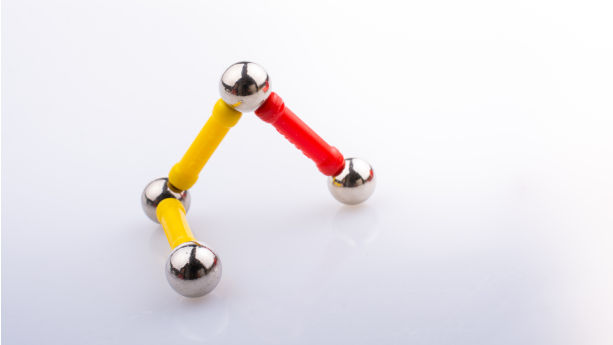
Magnets and products that contain magnets are potential safety hazards. As such, ensuring compliance with applicable safety standards, substance restrictions, and warning labelling requirements is essential.
Products that contain small magnets might be particularly dangerous. For example, there have been cases of children who swallowed magnets and required urgent surgery.
In this guide, we cover requirements for magnets such as those listed in the REACH Regulation, the Toy Safety Directive, EN 71-1 and the General Product Safety Regulation.
Content Overview

FREE CONSULTATION CALL (US, EU & UK)
- Request a free 30-minute call with Ivan Malloci to learn how we can help you with:
- Find product requirements
- Certification and labeling
- Lab testing
EN 71-1 – Safety of Toys – Mechanical and Physical Properties
EN 71-1 is a standard that establishes requirements for the mechanical and physical properties of toys intended for use by children aged under 14 years.
The standard sets test methods and requirements regarding product labelling, marking, and packaging. This includes requirements that specifically apply to magnets (e.g. warnings).
Magnet Ingestion Hazards
According to this press release issued by the EU in 2008, there have been cases of children who have swallowed magnets or metal objects that detached from toys, resulting in serious and even fatal consequences. Inside the body, magnets attract each other – or metal parts – and may cause grave injury to the digestive tract.
In the Safety Gate Portal, you can find examples of toys that were recalled due to non-compliance with the requirements of EN 71-1 (e.g. small parts, magnetic flux value).
Warning Requirements
Due to the hazards described above, the European Commission requested the European Standardisation Committee (CEN) to modify the EN 71-1 standard to address specific magnet-related hazards in toys, and subsequently, require magnetic toys to bear a warning label.
Toy Safety Directive
EN 71-1 is harmonised under the Toy Safety Directive, which means that compliance with EN-71 provides a presumption of conformity with the mechanical and physical requirements set out by the directive.
Note that the directive also requires compliance with the requirements of other standards that are harmonised under the directive (e.g. EN 71-3 for chemical hazards).
Product examples
Here we list some examples of magnetic toys that were recalled due to non-compliance with the Toy Safety Directive and EN 71-1 requirements:
- Magnetic building sets
- Magnetic toy figures
- Magnetic dart sets
- Magnetic balls
EN 60404 – Magnetic Materials
EN 60404 – Magnetic Materials is a series of standards that aim to classify, test, and measure properties of different magnetic materials. While EN 60404-1 classifies covered “magnetic materials”, the other standards mainly provide test methods.
Standards
We list below the standards currently published on CENELEC:
a. EN 60404-1 – Magnetic Materials – Classification
b. EN 60404-2 – Magnetic materials – Part 2: Methods of measurement of the magnetic properties of electrical steel strip and sheet by means of an Epstein frame
c. EN 60404-4 – Magnetic materials – Part 4: Methods of measurement of d.c. magnetic properties of magnetically soft materials
d. EN 60404-5 – Magnetic materials – Part 5: Permanent magnet (magnetically hard) materials – Methods of measurement of magnetic properties
e. EN 60404-8-1 – Magnetic materials – Part 8-1: Specifications for individual materials – Magnetically hard materials
f. EN 60404-8-6 – Magnetic materials – Part 8-6: Specifications for individual materials – Soft magnetic metallic materials
g. EN 60404-11 – Magnetic materials – Part 11: Method of test for the determination of surface insulation resistance of magnetic sheet and strip
h. EN 60404-14 – Magnetic materials – Part 14: Methods of measurement of the magnetic dipole moment of a ferromagnetic material specimen by the withdrawal or rotation method
i. EN 60404-15 – Magnetic materials – Part 15: Methods for the determination of the relative magnetic permeability of feebly magnetic materials
Test Methods
The EN 60404 standard series includes methods for measuring and testing magnetic materials. Here we list some examples:
a. Test method for determining the surface insulation resistance of magnetic sheets and strips.
b. Methods to measure magnetic properties.
c. Methods to measure permeability.
RoHS Directive
The RoHS Directive restricts the use of hazardous substances such as certain heavy metals and phthalates in electrical and electronic devices. Magnetic materials or components might also contain heavy metals restricted by RoHS, such as cadmium.
Companies that manufacture, import, or distribute magnetic materials might decide to test their products against the substance restrictions of the RoHS Directive, even if the directive may not cover their products, as they don’t contain electronic components. This might include products such as:
- Door stoppers
- Magnetic pencils
- Magnet walls
- Magnetic writing boards
Here, we provide some examples of companies that claim to test magnets against the RoHS Directive substance restrictions:
Restricted Substances
The RoHS Directive restricts the concentrations of the following substances in electrical and electronic products to a maximum of 0.1% by weight (except for cadmium, which is limited to 0.01%):
- Lead
- Mercury
- Cadmium
- Hexavalent chromium
- Polybrominated biphenyls (PBB)
- Polybrominated diphenyl ether (PBDE)
- Bis(2-ethylhexyl) phthalate (DEHP)
- Butyl benzyl phthalate (BBP)
- Dibutyl phthalate (DBP)
- Diisobutyl phthalate (DIBP)
General Product Safety Regulation (GPSR)
The General Product Safety Regulation (GPSR) aims to ensure that consumer products placed on the EU market are safe for use. The regulation aims to safeguard the health and safety of consumers, including children, the elderly, and those with disabilities.
Note that the GPSR covers children’s products that are not toys, including magnet safety.
The regulation will replace the General Product Safety Directive (GPSD) on 13 December 2024.
Product examples
The GSPR covers consumer products in general, including magnets and products containing magnets. The Safety Gate Portal lists numerous such products, which were recalled due to being unsafe and non-compliant.
Here, we provide some examples of magnetic products found in the portal, and the reason for which they were withdrawn from the market:
a. Magnetic pen – Removed by the online marketplace for non-compliance with the requirements of the GPSD and EN 71-1.
b. Magnetic board / painting set – Voluntary recall due to chemical risk caused by a formaldehyde concentrations exceeding 110 mg/kg (Germany’s recommended limit).
EN Standards
Compliance with relevant harmonised standards provides a “presumption of conformity”. This means that a product that conforms to the requirements of relevant standards, is deemed to comply with the requirements of the regulation.
According to article 27 of the GPSR, EN standards published under the GPSD should continue to provide a presumption of conformity with the GPSR’s requirements.
If no harmonised standards exist for the product, other standards (e.g. EN, national, or international standards) can also be used
Communication channels
- Telephone number
- Electronic address
- A dedicated section on the manufacturer’s website
REACH
REACH is a regulation that sets restrictions for hazardous substances – including in articles that might contain such substances.
Restricted Substances
You can find REACH’s restricted substances in Annex XVII or the SVHC Candidate List. Here, we explain what they are and how they might be relevant for magnetic products.
Annex XVII
Products that contain substances listed in REACH Annex XVII above the maximum allowed limit are prohibited from placement in the EU market. For example, the following substances that might be contained in magnets are listed in Annex XVII:
- Lead – Restricted to 0.05% by weight
- Cadmium – Restricted to 0.01% by weight
- Nickel – Restricted to less than 0.2 μg/cm²/week (for body piercing objects) and 0.5 μg/cm²/week (for long-term body-contact wearables)
Note that a “Draft Guideline” on lead and its compounds in articles specifically mentions “decorative magnets”.
Substance of Very High Concern (SVHC) Candidate List
Importers and manufacturers of products that contain substances listed in the SVHC Candidate List in an amount higher than 0.1% weight should notify the European Chemicals Agency (ECHA), via the SCIP database.
This requirement might also concern magnets and products that contain magnetic material. For instance, cobalt di(acetate) is an SVHC that is used to electroplate magnetic layers in high-tech products.
Permanent Magnets
Permanent magnets are materials that maintain their magnetism for a long time, and do not require external forces to generate their magnetic field.
According to the section “Is a permanent magnet a substance/mixture or an article under REACH?” published on the ECHA’s website, a permanent magnet should be treated as a substance or a mixture and not as an article.
The ECHA explains that this is because the chemical composition of permanent magnets is more relevant to their function than the magnets’ shape, surface, or design.
This means that permanent magnets are also subjected to the REACH’s requirements that only apply to substances (e.g. registration).
Classification, Labelling and Packaging (CLP) Regulation
The Classification, Labelling and Packaging (CLP) Regulation regulates hazardous substances, and mixtures. This also includes permanent magnets which, as explained in the above section, should be treated as substances, according to the ECHA.
Product examples
Here are some examples of products that might contain permanent magnets:
- Jewellery
- Audio systems
- Televisions
- Hard drives
Regulated substances
ECHA’s Classification and Labelling (C&L) Inventory contains several regulated substances that might be found in permanent magnets. In this section, we list a few of those substances, their hazard, and what labelling is required.
Magnetite
While Magnetite is listed in the C&L Inventory, no hazard has been classified for this substance.
Reaction mass of magnetite and Goethite (Fe(OH)O) and Hematite (Fe2O3)
a. Hazard: Organ damage via repeated or prolonged exposure
b. Labelling: requires the GHS “Serious Health Hazard” symbol and the term “Warning!”
Reaction mass of magnetite and iron oxide and iron
a. Hazard: flammable
b. Labelling: requires the GHS “Flammable” symbol and the term “Danger!”
Amazon Requirements
Amazon provides a list of products it prohibits sellers from listing. This also includes magnet products, such as the following:
- Individual novelty magnets
- Novelty magnet sets
- Magnets by certain specific brands
- Magnetic building tiles
Note that the above information comes from Amazon.com, which concerns the United States. We could not find similar information on Amazon.de or other Amazon websites concerning EU member states. However, similar restrictions or prohibitions regarding magnets or magnetic products might also apply in the EU.
Lab testing
Importers and manufacturers of magnets should have their products lab-tested to show that their products comply with relevant regulatory requirements. When their products pass testing, they receive a test report that confirms their product’s compliance with the relevant requirements.
Test types
Here are some examples:
a. Mechanical and physical testing: Small parts, magnetic flux value.
b. Magnetic property testing – The EN 60404 standard series has various methods to classify, measure, or test the properties of magnetic materials.
c. Substance restriction testing – Magnets might contain restricted substances such as lead or cadmium and, as such, need testing to ensure those substances do not exceed established limits under REACH, EN 71-3, or other applicable standards and regulations.
Test labs
Here, we list a few companies that offer to test magnets in the EU:
- Intertek
- Bureau Veritas
- SGS
- Inspexion


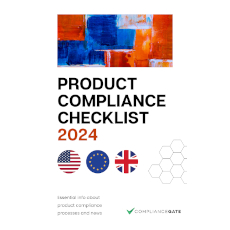
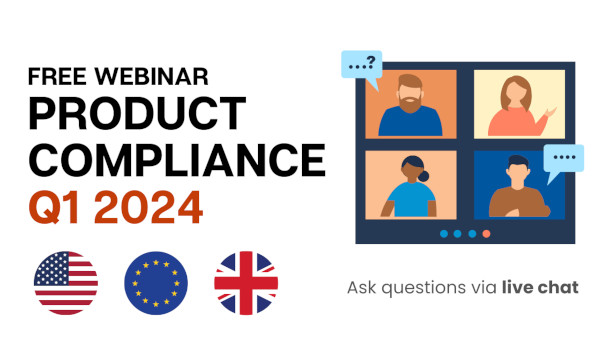
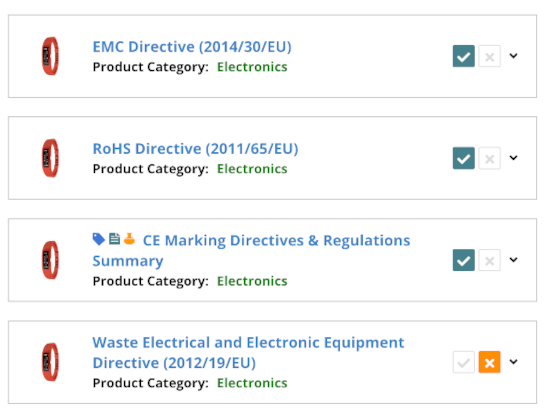




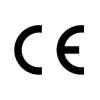
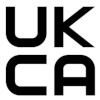




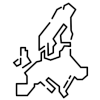



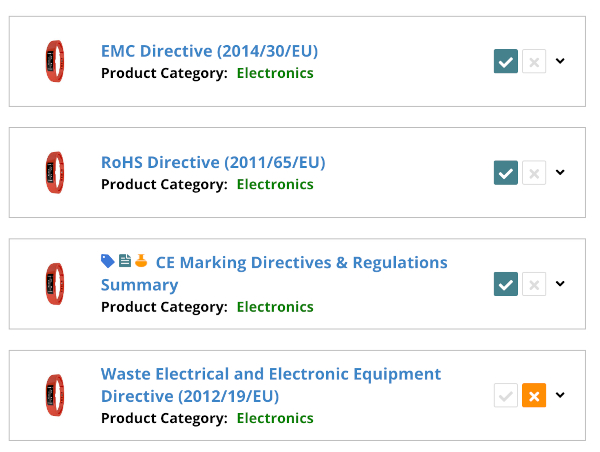

Can you tell me if magnetic clothing is banned in the EU? An example would be the company Magnetic Me that uses magnets for the closures on their baby clothing. Thank you in advance.
Hi there!
You mention Supermagnete and total Element as the only ones in Europe complying with RoHS and REACH.
Surely, there are many more?
Did you consider Danish sellers such as Alabazar, Magnetz, Brisingi, Grafical, Brdr. Klee and many others?
I can assure you that we at Alabazar.dk also respect the requirements, see e.g.
https://www.alabazar.dk/aci-skivemagnet-oe20x2mm-28n-naco
Or are we to undertsand, that Supermagnete etc. are paying ComplianceGate to be mentioned here?
Best regards,
Flemming Klynder
Alabazar ApS
Hello Flemming,
No, Supermagnete is not paying us to be mentioned. We do not accept any sponsored content on this website, and I doubt they would be interested in the first place.
Further, we do not claim that these are the ONLY companies in the EU complying with RoHS and REACH. It is clearly stated that those two companies are examples.